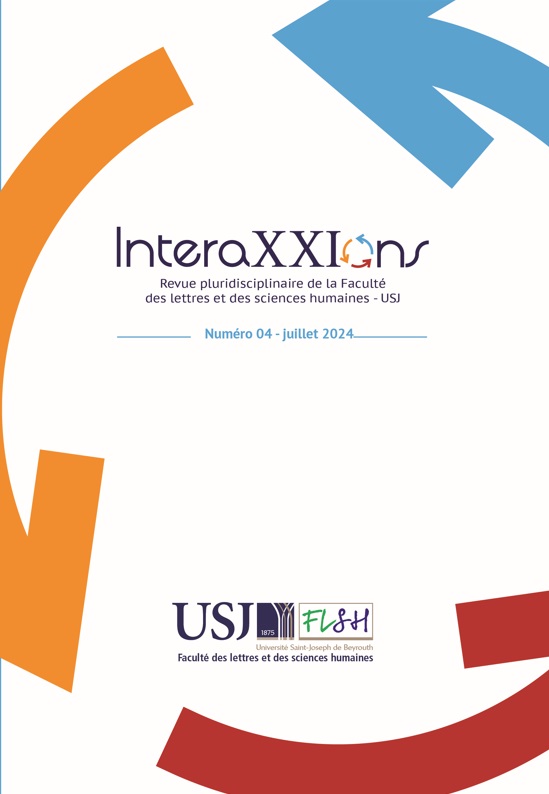Abstract
Over the past decades, urban violence has expanded around the world and feeds the medias and social networks. At the same time, they are accompanied by direct or indirect risks linked to urban concentration and its exponential development all over the world.
Beirut, capital of Lebanon is a sprawling and monopolizing city that has suffered among centuries, several violent destructions. Archaeological excavations unearth vestiges of the various civilizations that occupied it. From the last quarter of the 19th century to the present day, the city has witnessed a series of major destructions ordered by the political leaders of the time.
The perpetual transformations of living spaces, often imposed on Beirutis, have initiated several fragmentations within the city, creating areas of confrontation, of social duality, resulting sometimes in a state of violent rupture in the urban fabric and in human relations
This repeated process of spatio-temporal destruction traumatized the urban fabric of Beirut and seemed interesting to analyse within the framework of the Research Project “Extreme violence in the Middle East”.

